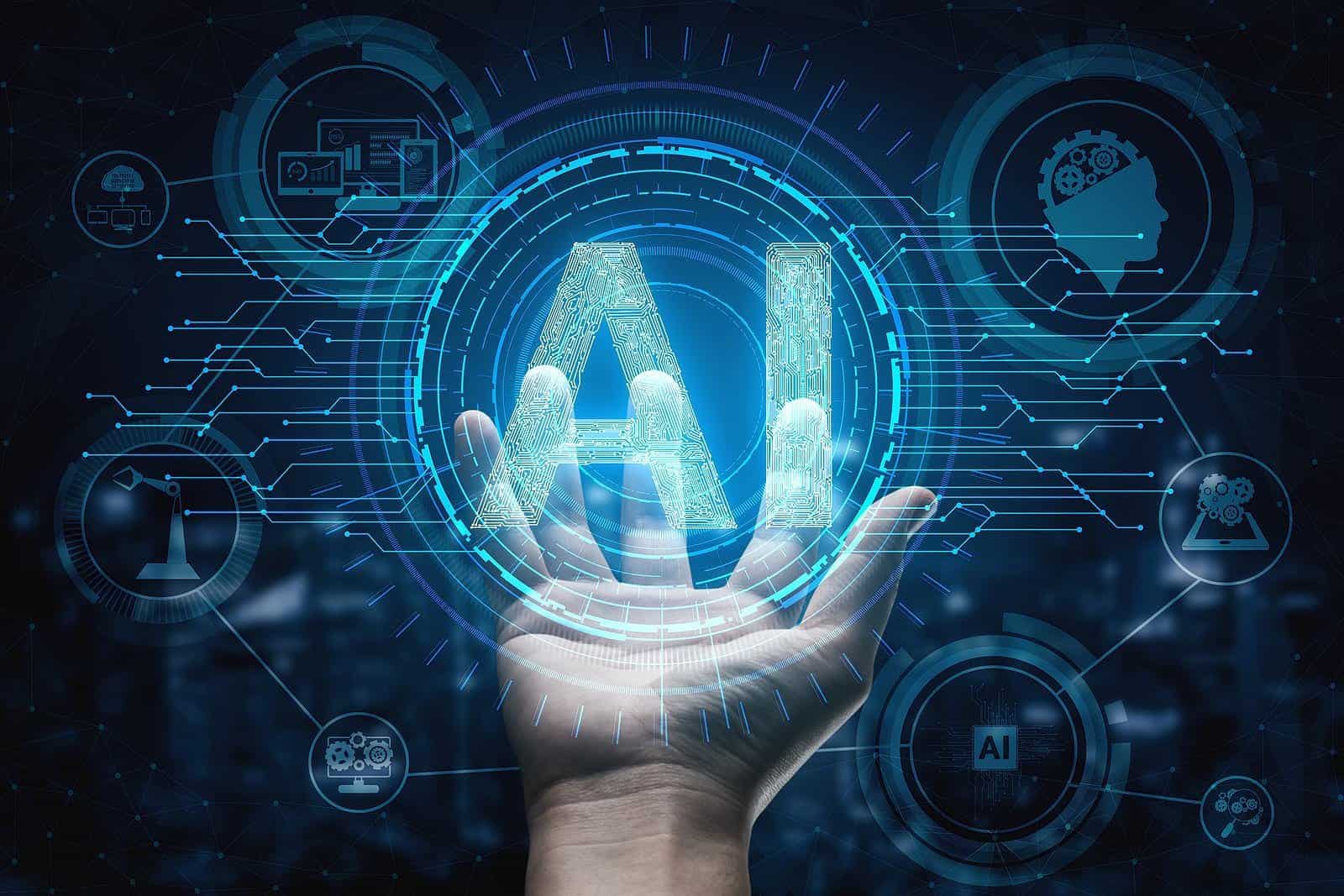The Cultural Impact of AI
The Cultural Impact of AI
Blog Article
Popular on line misinformation has become a challenge, with fake narratives scattering quickly through social networking and different digital platforms. Based on new studies, artificial news advances across tools six times quicker than factual stories. That raising issue has required sophisticated options, and synthetic intelligence (AI) has surfaced as a successful tool in fighting misinformation. By leveraging machine learning methods, normal language handling, and big information examination,Artificial intelligence (umělá inteligence) is revolutionizing the way misinformation is determined and addressed.
Training AI to Place Fake Information
AI methods rely on substantial levels of instruction knowledge to effectively recognize artificial information. Device learning algorithms are exposed to both credible and fake material, supporting them understand frequent styles connected with unreliable articles. Research indicates that fake news frequently gives specific traits, such as for example sensationalist language, lack of credible resources, and exaggerated headlines.

For example, natural language control (NLP) enables AI programs to analyze sentence structure, tone, and keywords to find data that deviates from normal journalistic standards. Equally, AI tools evaluate metadata, such as timestamps and authorship, for defects which could show manufactured stories. These procedures help make certain that potential misinformation is flagged for more review.
Social Press Checking and Automated Fact-Checking
AI plays a key position in checking social tools, where a lot of the misinformation originates and spreads. Formulas are built to check posts, comments, and shares for potential falsehoods by studying person interactions and dubious patterns in the content. Resources like belief evaluation recognize whether a post is distributing fearmongering or propagating harmful narratives.
One rising request of AI is automated fact-checking. With over 4.5 thousand persons opening the net internationally, individual fact-checkers can not possibly maintain the degree of content being printed daily. AI assists bridge that gap by cross-referencing claims against trusted databases and giving computerized fact-checking reports. For example, reports have discovered that automation methods may reduce enough time taken to identify fake states by up to 70%.
Challenges in AI Misinformation Detection
AI's challenge against misinformation isn't without challenges. Calculations can be biased if the training information lacks selection, ultimately causing fake benefits or missed misinformation. Moreover, adversarial tactics such as for example manufactured pictures or improved movies (deepfakes) continue to evolve, requesting AI to modify quickly to constantly adjusting techniques.

The Future of AI in Misinformation Recognition
AI's ability to analyze large volumes of data in realtime makes it an invaluable resource in finding misinformation. Whilst the technology remains to boost, it must certanly be paired with human intervention to create moral and correct judgments. For consumers, cross-checking data with trusted resources stays important in navigating the electronic age responsibly.
AI is without a doubt a game-changer, supplying a aggressive shield against online falsehoods and paving the way in which for a far more knowledgeable electronic ecosystem.
Report this page